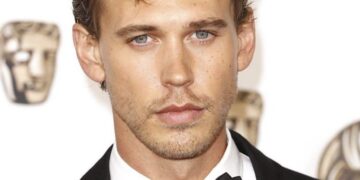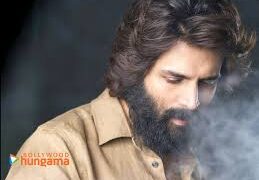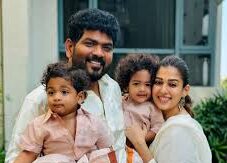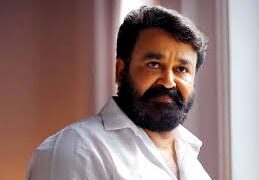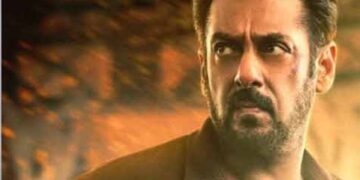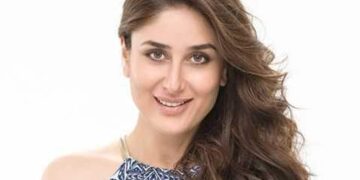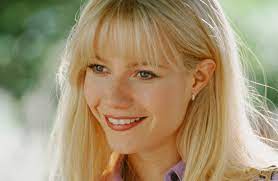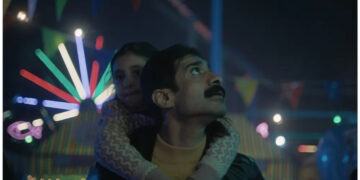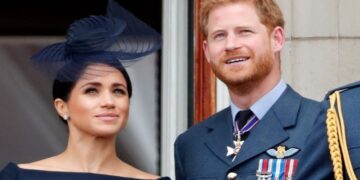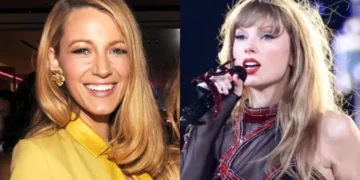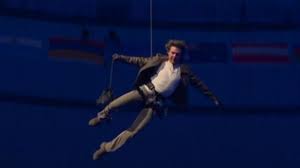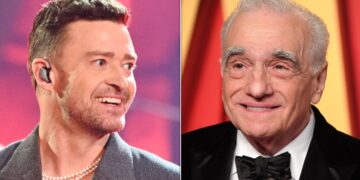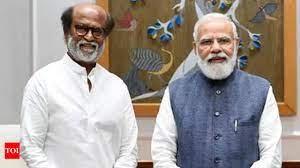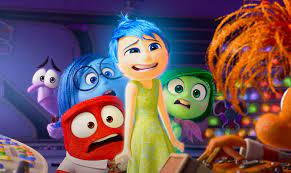Nearly a decade after the release of the original film, Pixar’s ‘Inside Out 2’ returns to explore the evolving emotional landscape of Riley Anderson, now portrayed by Kensington Tallman. With the sequel set to hit theaters on June 14, 2024, the team at Pixar has been hard at work updating the animation and integrating a fresh set of emotions that resonate with Riley’s teenage years.
Riley’s journey continues as she navigates the turbulent waters of puberty. The balance within her mind, maintained by Joy (voiced by Amy Poehler), is disrupted with the arrival of new emotions, including Anxiety, brought to life by Maya Hawke. This shake-up introduces a rich new layer to the narrative, challenging the existing dynamics among Riley’s emotions.
To ensure that ‘Inside Out 2’ stays true to the essence of its predecessor while embracing the advancements in animation technology, Pixar assembled a blend of new and returning talents. Story artist Rebecca McVeigh, new to the franchise, emphasized the balance of honoring the beloved original characters and the challenge of bringing something fresh to the sequel. “You want to stay faithful and true to the original voice of those characters, but you’re also bringing something new because this is supposed to be a new story where we want to explore new ground,” McVeigh shared.
Adam Habib, the cinematographer for both the original and the sequel, saw the project as an opportunity to revisit and enhance their visual storytelling techniques. He highlighted the use of anamorphic lenses for the human world scenes, a new approach that added depth and a refreshed look to the film’s aesthetic. “For layout, we still had a human world camera style and a mind world camera style, and we wanted to keep that motif from the first film, but for this film, we used anamorphic lenses or anamorphic rendering in the human world style,” Habib explained.
Jason Deamer, the production designer, faced the significant task of recreating characters from scratch due to the technological advancements since the original film. He described the meticulous process of ensuring the characters remained recognizable yet more sophisticated. “We’ve recreated characters from scratch anytime we’ve made a sequel, and they get slightly more sophisticated because the software’s gotten better,” Deamer noted. For example, Sadness’s sweater was reimagined with actual yarn in the animation software Houdini, enhancing its realism.
The introduction of Anxiety presented both creative excitement and technical challenges. Director Kelsey Mann’s clear vision helped guide the team in fleshing out this new emotion. McVeigh expressed her enthusiasm for drawing Anxiety, describing the character as “an artist’s dream” with her unique, gangly proportions and expressive movements.
Animation supervisors Evan Bonifacio and Dovi Anderson initially found Anxiety’s character design daunting. Bonifacio detailed the complexity of crafting the character’s controls, especially for her expressive mouth. Anderson added that the team had to strike a balance between making Anxiety jittery and relatable, ensuring the audience could empathize with her without feeling overwhelmed.
Editor Maurissa Horwitz played a crucial role in adapting the film’s rhythm to suit each new emotion. She highlighted how the pacing of scenes changed with Anxiety’s appearance, carefully managing her energy throughout the movie to maintain audience engagement. Horwitz also tailored the editing to match the distinct tempo of other new emotions, like the quick, reactive nature of Embarrassment and the dreamy, lingering qualities of Envy.
As ‘Inside Out 2’ gears up for its release, the creative team’s efforts promise to deliver a sequel that not only captures the heart of the original but also expands Riley’s emotional world in visually and narratively compelling ways.








